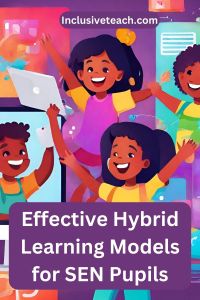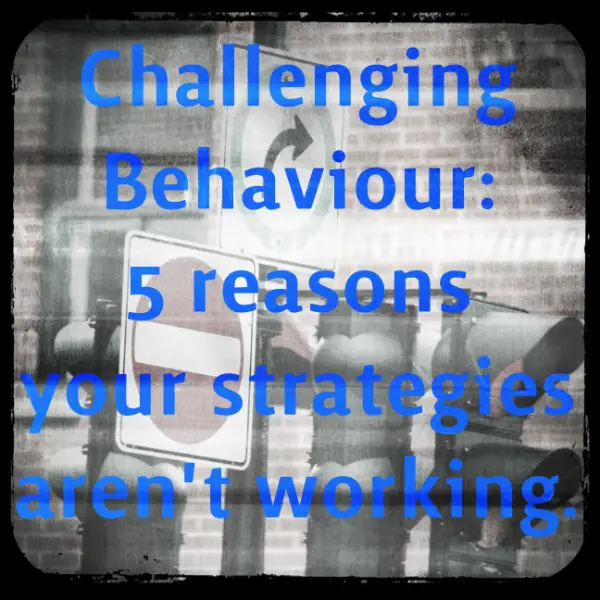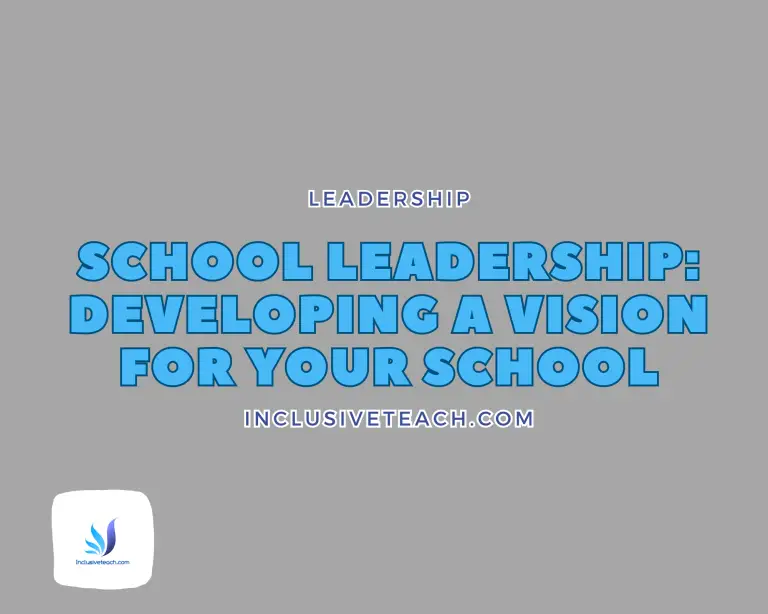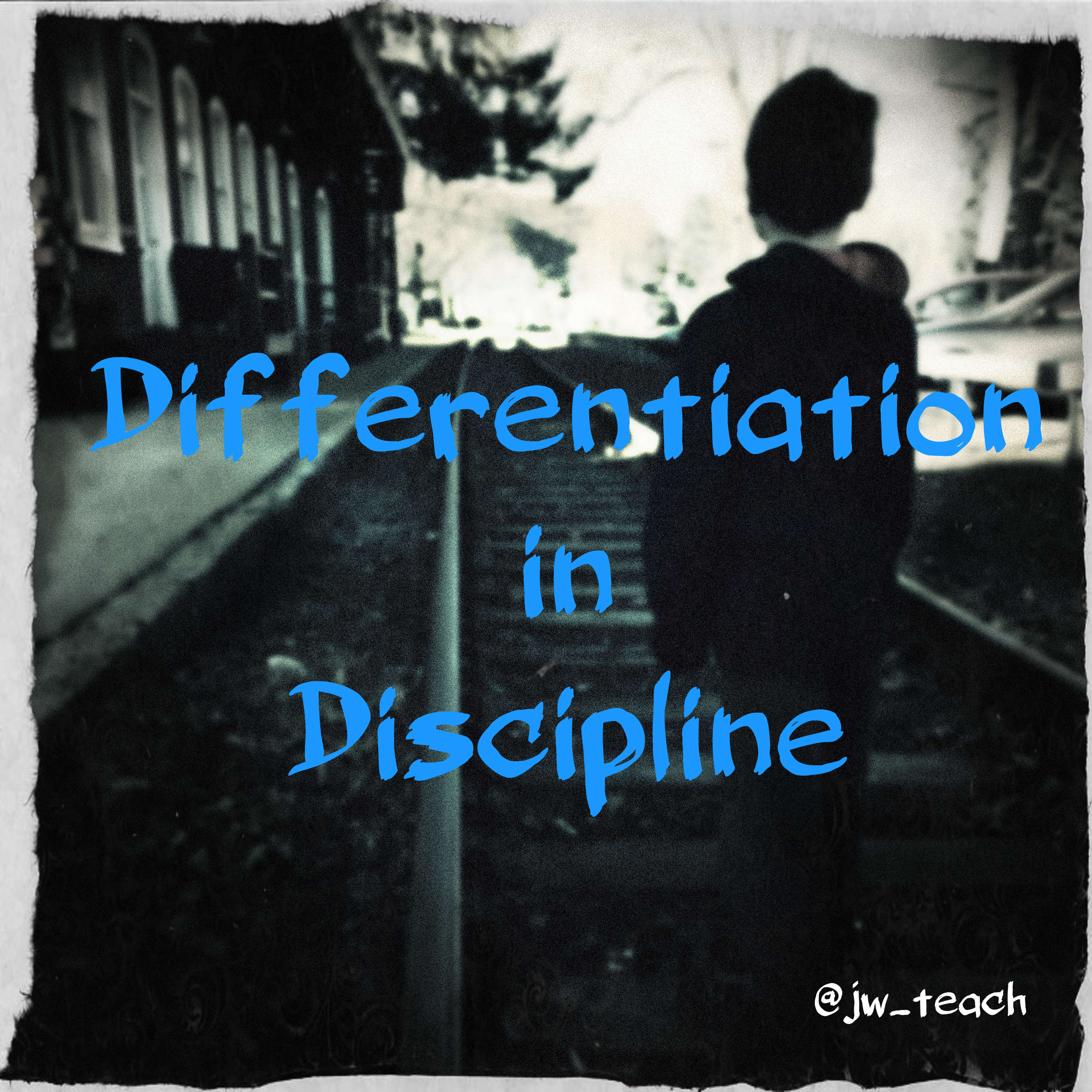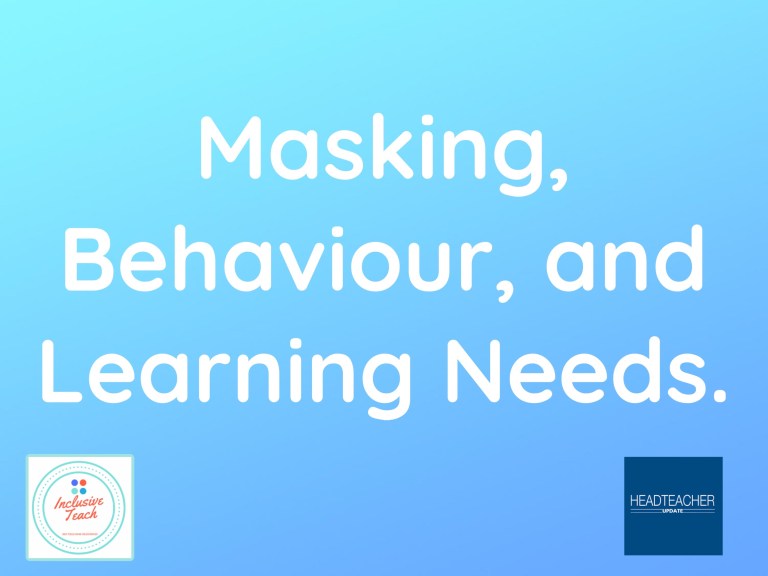Effective Hybrid Learning Models for SEN Pupils
Developing Effective Hybrid Learning Models for Special Needs Pupils
Hybrid schooling, combining online and in-person learning, has sparked several theories and discussions regarding its implementation for special needs pupils. The hybrid education model, involving alternating students between online and in-person classes started during the pandemic. Remote or Hybrid education is starting to become an option for more and more pupils at a local level. This article talks about pupils in Scotland being offered courses not offered by their school online. A new hybrid private school model has also been launched with the majority of lessons online and enrichment facilities offered on site.
Some limited studies suggest that online learning can reduce levels of anxiety which can be a huge barrier to neurodiverse children and young people. Online/Hybrid learning poses unique challenges for students with disabilities. Learning disabilities, such as auditory processing disorders, dyslexia, dysgraphia, dyscalculia, and ADHD, require careful consideration in developing online models. The transition to hybrid learning is a particularly daunting idea for teachers and school leaders as well as education departments.
Hybrid Teaching Models
This recent Guardian article about the first national UK hybrid school Duke’s Education runs more than 25 private schools and colleges in the UK and Europe. In it’s hybrid teaching model pupils will be expected to learn onsite 1 day a week. It would be interesting to see if a national MAT or group of schools could offer something similar. I think this kind of model would work well with SEN Children. The one day could even be at a leisure centre, forest school or other non “school” building. This would work especially well if a school or academy hired a central location, ex-shop etc.
Potential benefits of Hybrid Learning for SEN
- Accessibility and flexibility: Hybrid models can offer increased access to education for students with certain disabilities who may struggle with the traditional classroom environment. Online learning allows for flexibility in schedule and pace, catering to individual needs and reducing sensory overload. You can learn from a safe space where anxiety is reduced and your mind is ready to learn and then visit the school site to access specialist facilities.
- Personalised learning: Online platforms and tools can facilitate individualised instruction and cater to specific learning preferences, potentially improving educational outcomes for students with special needs. This could be short-form video content. Gamification or even facilitated teacher/student online games.
- Socialisation and peer interaction: In-person sessions provide opportunities for crucial social interaction and peer engagement, vital for the development and building of relationships but this can be a minefield for some young people. The actions of others can trigger fight or flight responses and lead to hypervigilance effectively nullifying the purpose of being in the classroom. Interactions online can be more easily controlled.
- Reduced anxiety and stress: Some students with special needs experience anxiety in large classroom settings. Hybrid models can offer a calmer learning environment at home, potentially improving focus and engagement.
Challenges and Considerations of Hybrid Learning
- Digital Divide: Unequal access to technology and reliable internet can exacerbate existing inequities and exclude students from fully participating in hybrid learning. However, this is reducing and can be overcome with some out-of-the-box thinking.
- Teacher training and support: Teachers need proper training and support to effectively manage hybrid classrooms, cater to diverse needs, and ensure accessibility for all learners. I would suggest there is a dedicated specialist for online learning who takes the lead on designing these programmes.
- Increased workload and fragmentation: Juggling online and in-person components can increase workload for both teachers and students, potentially leading to fragmentation in learning experiences.
- Social and emotional needs: The online component may limit opportunities for crucial social and emotional learning experiences, particularly for students with social communication difficulties. It could however also improve it!
- Monitoring and assessment: Effectively monitoring progress and providing comprehensive assessments can be challenging in hybrid models, requiring innovative approaches and strategies.
Current discussions around Hybrid Learning
This was a little tricky to research as there isn’t a lot post-lockdown. It certainly hasn’t been widely embraced by the education systems in most countries.
- Developing effective models: Research is ongoing on designing hybrid models that cater to the specific needs of diverse learners and ensure equitable access to quality education. Some from Oak National based on their curriculum.
- Teacher collaboration and professional development: Collaboration between in-person and online teachers is crucial to ensure seamless learning experiences. Professional development programs focused on inclusive hybrid teaching need to be developed. I don’t think this is something all teachers should be expected to do. This element could be outsourced or managed by in-house specialist teachers
- Accessibility and equity: Addressing the digital divide and ensuring equal access to technology and support services is critical for the successful implementation of hybrid models for all students.
- Mental health and well-being: Monitoring and addressing the potential increase in anxiety around missing out, falling behind etc and stress for students with special needs in hybrid learning environments is necessary.
Catering to sensory sensitivities in online learning
If a child is learning in their own environment it is much easier to control the sensory stimuli within that environment.
- Multisensory learning experiences: Creating hybrid models that incorporate multisensory elements, such as tactile activities, visual aids, can cater to the preferences of sensory-seeking children and address sensitivities for others.
- Flexible learning environments: Allowing for individual adjustments in lighting, noise levels, and physical space within the hybrid setting can ensure comfort and reduce overwhelming stimuli for sensory-sensitive children.
- Use of assistive technology: Exploring and integrating specialized technology like communication boards, eye-tracking software, and alternative keyboard options can empower non-verbal children to participate actively in both online and in-person sessions.
Building connections and social interaction:
- Small group activities and peer support: Facilitating small group interactions and peer support opportunities, both online and in-person, can help non-verbal children build social skills and practice communication in safe and encouraging environments.
- Therapeutic and social-emotional support: Integrating individual or group therapy sessions within the hybrid model can address specific social-emotional needs and support emotional well-being for non-verbal children.
- Creative expression and play-based learning: Utilizing creative activities, play-based learning, and collaborative projects can provide alternative avenues for non-verbal children to express themselves and build relationships with peers.
- Changing how staff work with individuals in this example from a dance session “Working together in a shared physical space might have previously included the use of props to aid movement exploration and relationship building, online therapy offered the challenge of working together without props, and a new way of moving in relationship for the client.” (Rothman 2022)
Implementing AAC in Hybrid Learning
Augmentative and Alternative Communication (AAC) offers immense potential for enhancing the hybrid learning experience of non-verbal students. One study (Caton et al., 2022) linked to people with PMLD and online learning stated “Some people thought digital participation was useful during the pandemic, but they preferred to see people in person. For others, being online was a new way of being with other people that they wanted to carry on using or make better.”
Supporting alternative communication systems (AAC) in Hybrid Learning.
- Visual supports and routines: Providing clear visual schedules, instructions, and communication aids in both online platforms and physical classrooms can significantly support understanding and engagement for non-verbal children.
- Augmentative and Alternative Communication (AAC) integration: Hybrid models should seamlessly integrate AAC tools and strategies used by children, ensuring consistent and effective communication across learning environments.
- Training for teachers and staff: Educating teachers and staff on diverse communication methods, including AAC, sign language, and nonverbal cues, is crucial for effective interaction and support for non-verbal children in hybrid settings.
Digital Integration of AAC across environments:
- Online platforms: Integrate AAC software or apps into online learning platforms, allowing students to communicate through symbols, voice outputs, or text-to-speech.
- Physical classrooms: Provide readily accessible and familiar AAC tools, like communication boards or eye-tracking devices, alongside online platforms for seamless communication in both settings.
- Consistency and routines: Maintain consistent AAC methods and routines across both online and offline learning to ensure ease of communication and reduce frustration.
Promoting active participation of non-verbal children in hybrid learning:
- Questioning and responding: Train teachers to adapt questioning techniques and offer answer choices compatible with the student’s AAC system, facilitating active participation in discussions and lessons.
- Collaborative activities: Design collaborative online and offline activities where students can utilise AAC to contribute ideas, share experiences, and work together on projects.
- Feedback and assessment: Integrate AAC into feedback and assessment mechanisms, allowing students to express their understanding and progress through their preferred communication system.
Challenges and considerations:
- Accessibility and technology limitations: Ensuring all students have access to appropriate AAC technology and reliable internet connectivity remains a crucial challenge.
- Individualized instruction and support: Implementing personalized AAC strategies and adapting teaching methods to cater to diverse needs requires consistent attention.
- Teacher collaboration and communication: Seamless collaboration between online and in-person teachers is essential for ensuring the continuity and effectiveness of AAC use across the hybrid environment.
Overall, AAC can be a powerful tool for empowering non-verbal students to actively participate and thrive in hybrid learning settings. Continuous research, dedicated teacher training, and addressing accessibility challenges are crucial for unlocking the full potential of AAC in hybrid education.
Inclusion and Hybrid Learning
The best approach to inclusion will vary depending on the specific needs of the students and the school. However, by combining these two concepts, schools can create a more inclusive learning environment that is accessible to all students.
Focus on learner diversity:
- Differentiation and personalization: Research explores ways to design hybrid models incorporating differentiated instruction and personalised learning paths. This might involve using adaptive learning platforms, offering a variety of learning modalities throughout the day all hybrid learning cannot rely on zoom sessions, and providing individualised support from specialists.
- Universal Design for Learning (UDL): Applying UDL principles to hybrid models ensures accessibility for a wider range of learners. This involves providing multiple means of representation, engagement, and action, allowing students to access content and demonstrate their learning in ways that meet their individual needs.
- Addressing specific disabilities: Research focuses on tailoring hybrid models to the unique challenges and strengths of different disabilities. For example, developing specific strategies for students with visual impairments, hearing impairments, or autism spectrum disorder, ensuring their full participation and success in the hybrid environment.
Ensuring equitable access:
- Bridging the digital divide: Research seeks solutions to provide reliable internet access, technology devices, and training for students from underserved communities. This includes exploring alternative learning tools and offline activities to ensure inclusion for students lacking digital resources.
- Culturally responsive teaching: Hybrid models should be culturally responsive, acknowledging and valuing the diverse backgrounds and experiences of students. Research focuses on culturally relevant teaching practices and curriculum development within the hybrid setting.
- Teacher collaboration and support: Building strong collaboration between in-person and online teachers is crucial. Research explores models for effective communication, shared lesson planning, and coordinated assessment practices to ensure continuity and equity for students in hybrid models.
Optimising the learning experience:
- Blending synchronous and asynchronous learning: Research from higher education looks at finding the right balance between real-time online interaction and self-paced learning activities. This includes exploring tools and strategies for effective online collaboration, group work, and peer interactions during synchronous sessions.
- Using technology effectively: Research focuses on identifying and integrating appropriate assistive technologies, learning platforms, and digital tools to support the learning of students with diverse needs. This involves ensuring accessibility, user-friendliness, and alignment with pedagogical goals.
- Promoting social and emotional well-being: Recognizing the potential challenges to social and emotional development in hybrid environments, research explores strategies for fostering peer connections, building rapport with teachers, and addressing potential anxieties or isolation.
Measuring success and impact:
- Developing effective assessment strategies: Research focuses on creating comprehensive and inclusive assessment practices that consider the diverse learning styles and needs of students in hybrid models. This includes exploring formative and summative assessments, utilizing technology for feedback and progress monitoring, and ensuring accurate measurement of student learning across both online and in-person settings.
- Evaluating student outcomes: Ongoing research assesses the effectiveness of different hybrid models on the academic progress, social-emotional well-being, and overall educational success of students with special needs. This data is crucial for refining and improving future hybrid learning models.
Final Thoughts
I think a hybrid model may present an opportunity to overcome many of the current challenges with inclusion and special education. It is a potentially very exciting time.
This post is just a glimpse into the dynamic world of research on hybrid schooling for special needs. By continuously exploring and innovating, researchers are paving the way for inclusive and effective hybrid models that cater to the diverse needs of all learners.
- Review IEP Goals: Collaborate with specialists to integrate individualized goals into the hybrid model.
- Consider Emotional Wellbeing: Regular feedback sessions and support needs assessment for students.
- Communicate with Caregivers and Students: Maintain separate lines of communication, set expectations, and emphasize support services.
- Provide Technical Support: Teach efficient use of digital tools and incorporate assistive technologies.
- Limit Screen Time: Advocate for judicious use of screens, and educate parents on strategies to reduce screen time during remote learning.
References
Caton, S., Bradshaw, J., Gillooly, A., Hatton, C., Flynn, S., Oloidi, E., Jahoda, A., Maguire, R., Marriott, A., Mulhall, P.F., Taggart, L., Todd, S., Abbott, D.L., Stephen Richard Beyer, Gore, N.J., Heslop, P., Scior, K. and Hastings, R.P. (2022). Digital participation of people with profound and multiple learning disabilities during the Covid‐19 pandemic in the UK. British Journal of Learning Disabilities, [online] 51(2), pp.163–174. doi:https://doi.org/10.1111/bld.12501.
Educationworld.com. (2021). Supporting Hybrid Model Students With Special Needs | Education World. [online] Available at: https://www.educationworld.com/teachers/supporting-hybrid-model-students-special-needs [Accessed 31 Dec. 2023].
Hill, A. (2023). First UK-wide hybrid school offering home and class learning to open in 2024. [online] the Guardian. Available at: https://www.theguardian.com/education/2023/dec/26/first-uk-wide-hybrid-school-offering-home-and-class-learning-to-open-in-2024 [Accessed 1 Jan. 2024].
McDonald, K. (2023). For Neurodiverse Children, Microschools Can Be An Ideal Learning Environment. Forbes. [online] 8 Oct. Available at: https://www.forbes.com/sites/kerrymcdonald/2022/10/26/for-neurodiverse-children-microschools-can-be-an-ideal-learning-environment/?sh=2ec56c9c7e32 [Accessed 31 Dec. 2023].
Milmine, S. (2023). Lanarkshire pupils will be offered a hybrid style of study next year. [online] Daily Record. Available at: https://www.dailyrecord.co.uk/in-your-area/lanarkshire/lanarkshire-pupils-offered-hybrid-style-29870914 [Accessed 31 Dec. 2023].
National Autistic Society (2020). Autism and flexi-schooling. [online] Autism.org.uk. Available at: https://www.autism.org.uk/advice-and-guidance/professional-practice/flexi-schooling [Accessed 31 Dec. 2023].
Portland Place School. (2020). Portland Place Online | Independent School London | Portland Place School. [online] Available at: https://www.portland-place.co.uk/portland-place-online/ [Accessed 31 Dec. 2023].
Spotlightr (2022). Hybrid Learning And Autism Spectrum Disorder: Finding The Right Blend – Spotlightr. [online] Spotlightr. Available at: https://spotlightr.com/hybrid-learning-and-autism-spectrum-disorder-finding-the-right-blend/ [Accessed 31 Dec. 2023].
ScienceDaily. (2018). A mix of in-person and online learning may boost student performance, reduce anxiety. [online] Available at: https://www.sciencedaily.com/releases/2018/06/180620174609.htm [Accessed 31 Dec. 2023].
Rachmawati, N., Supena, A., Yufiarti, Y., Yarmi, G., & Casmana, A. R. (2022). Analysis of Hybrid Learning for Students with Learning Disabilities in Primary Schools Providing Inclusive Education. The Qualitative Report, 27(10), 2185-2201. https://doi.org/10.46743/2160-3715/2022.5432
Raes, A. (2022). Exploring Student and Teacher Experiences in Hybrid Learning Environments: Does Presence Matter? Postdigital Science and Education, 4(1), 138-159. https://doi.org/10.1007/s42438-021-00274-0
Rothman, K. (2021) Expanding: a case study exploring online work and relationship in one-to-one sessions in an adult learning disability service, Body, Movement and Dance in Psychotherapy, 16:1, 47-55, DOI: 10.1080/17432979.2021.1880968
Rozniza Zaharudin, Nurul Ashikin Izhar and Deekha Lai Hwa (2023). Exploring the Augmented and Alternative Communication (AAC) for Promoting Independence in Daily Skills of… [online] ResearchGate. Available at: https://www.researchgate.net/publication/376075316_Exploring_the_Augmented_and_Alternative_Communication_AAC_for_Promoting_Independence_in_Daily_Skills_of_Students_with_Learning_Disabilities [Accessed 1 Jan. 2024].
Tal Araten‐Bergman and Carmit‐Noa Shpigelman (2021). Staying connected during COVID-19: Family engagement with adults with developmental disabilities in supported accommodation. Research in Developmental Disabilities, [online] 108, pp.103812–103812. doi:https://doi.org/10.1016/j.ridd.2020.103812.
Weale, S. (2023). Services in England for children with special needs to be ‘transformed’. [online] the Guardian. Available at: https://www.theguardian.com/education/2023/mar/02/special-needs-services-children-england-plan [Accessed 31 Dec. 2023].

